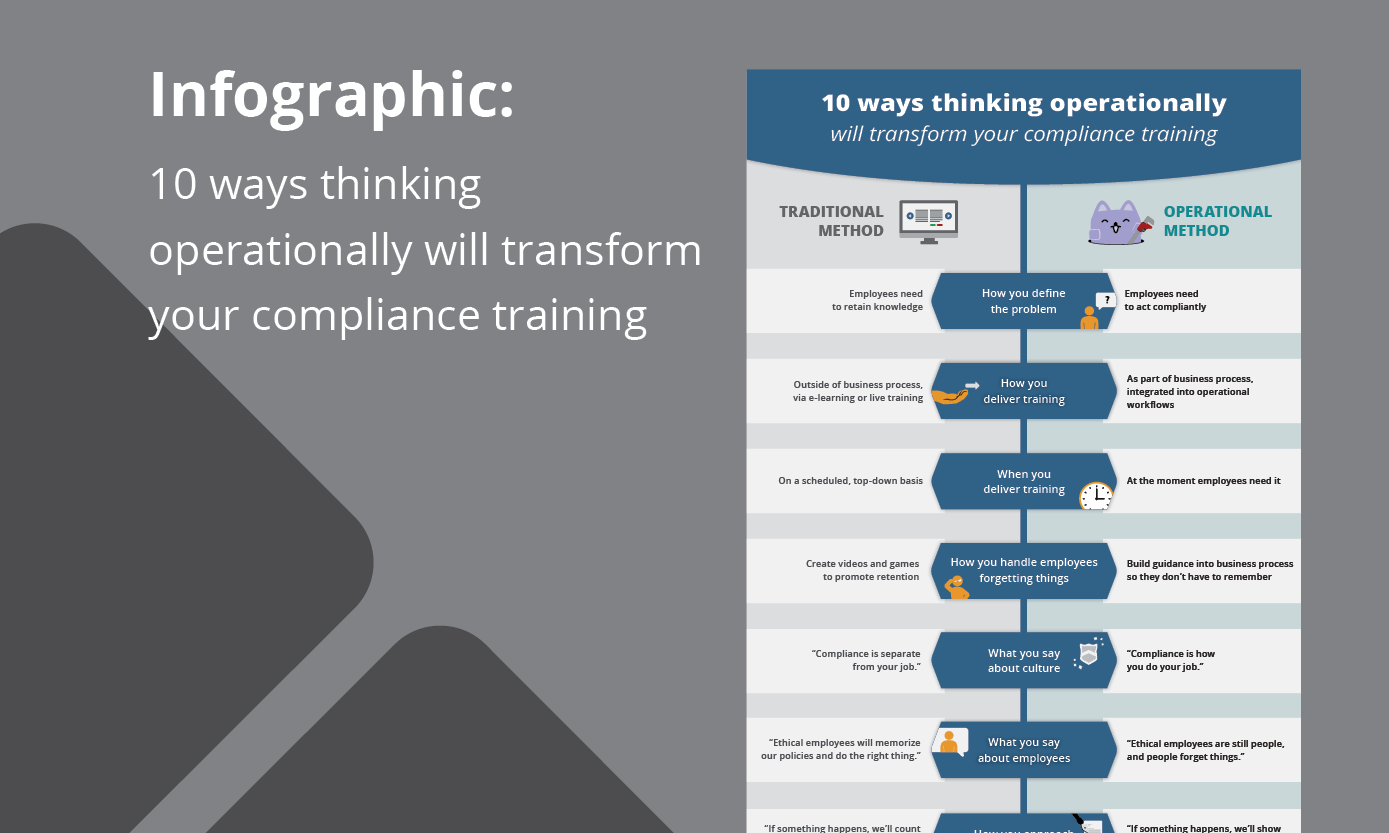
Infographic: 10 ways thinking operationally will transform your compliance training
We love operationalizing compliance. We started writing about what it actually means back in April 2017, and as of today that post is still the top Google result for the concept.
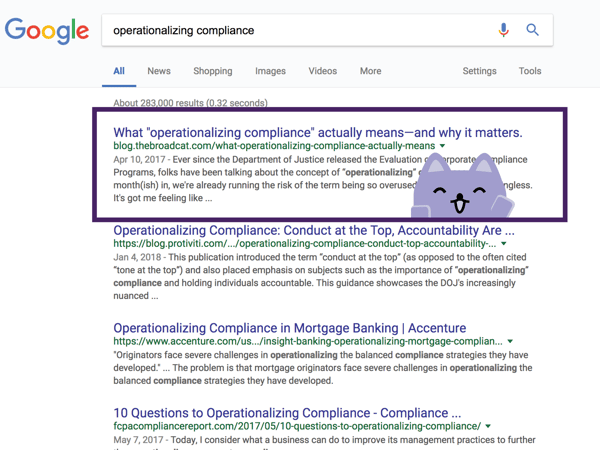
And then, of course, we literally wrote the book on operationalized compliance training last fall.
Now, we're showing you the 10 ways how thinking operationally transforms your training—in a simple, downloadable infographic.
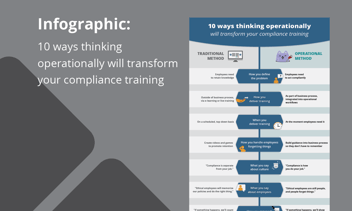
Here's the thing: when you truly think operationally, it's transformative. Thinking about compliance training in terms of business operations changes:
How you think about the problem.
How, and when, you deliver training.
How you view employees—and your culture.
How you approach record-keeping and process.
And how you make progress and measure results.
Now, it's easiest to see how this works when you contrast the "operational" and "traditional" approach. So we put all of these into an infographic that does exactly that.
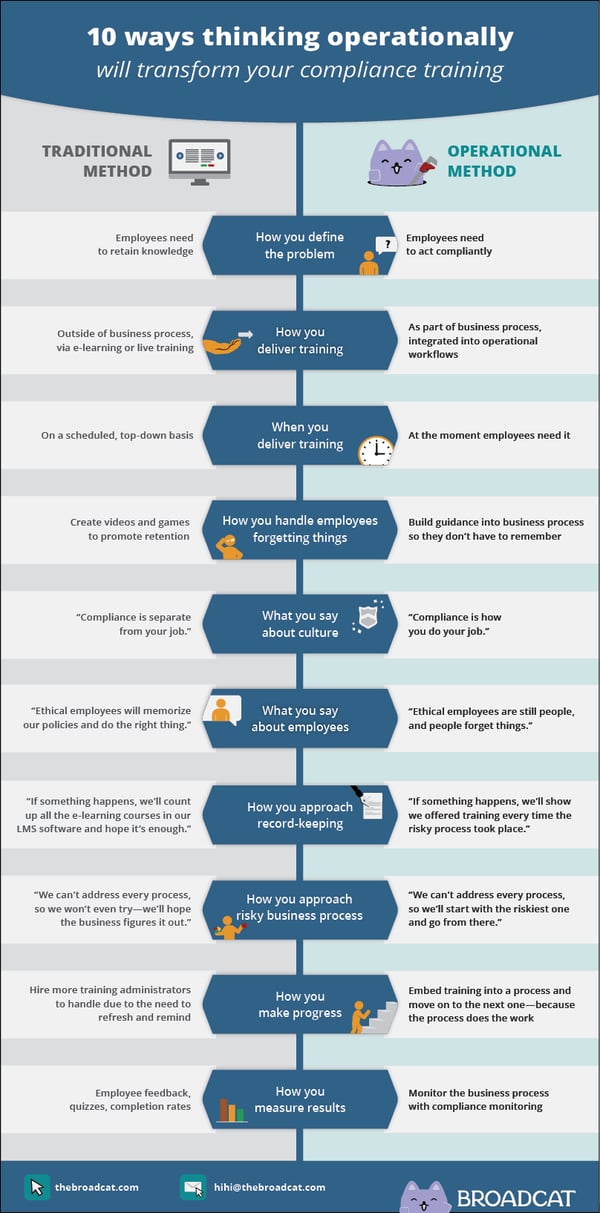
The implications of this are really big, and they take a while to think through. Because getting operational isn't just doing the same thing with the latest compliance media fad slapped on; it's taking a totally different, more business-friendly approach from the ground up—and that actually makes things much simpler.
It makes the problem simpler, because it transforms the goal from "everyone needs to think like a compliance officer" to "people just have to do their jobs correctly."
It makes administration simpler, because you can ditch the multi-year training plan for training that delivers itself in real-time—and produces records that make more sense than counting LMS data.
It makes promoting an ethical culture simpler, because it views culture as the way people do their jobs, not an abstract, fuzzy concept that can never be attained.
And it makes showing progress simpler, because it helps you take a real risk-based approach, lets you advance and conquer without continually increasing your workload, and creates data that syncs up with your monitoring to show results.
And yeah, that's a lot. We'll be exploring each of these things in detail later.
In the meantime, to help you think this through and start the discussion with your team, we've got a downloadable PDF version of the infographic that you can grab at this link. Go get it!
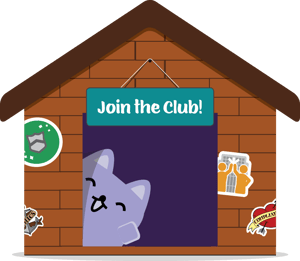 Ready for more tools that will help operationalize your compliance program? You should join Compliance Design Club!
Ready for more tools that will help operationalize your compliance program? You should join Compliance Design Club!



